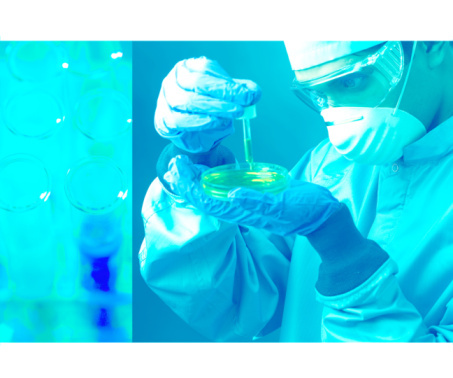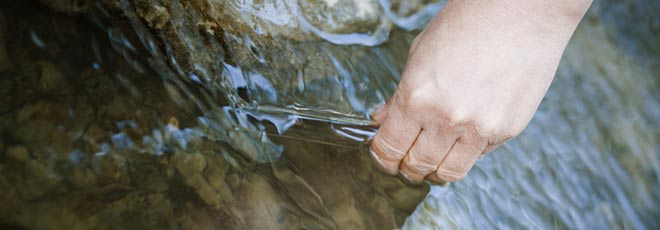2 Crucial Checklists for Proper Water Sampling
At Hydro-Terra, we take ensuring the safety of your water seriously, and want to ensure you’ve got the tools to properly test your water. That’s why we’ve included two checklists on our site to ensure that you can safely test both drinking wells and environmental water samples. But if you’re new to water sampling, here’s an overview of the equipment on each, and why you need it.
Cooler, Cold Packs, And Plastic Bags
When shipping water, whether from a drinking water source or an environmental one, it’s important to preserve the life that might be in it; if the organisms in the water are killed off during transit, the lab won’t be able to determine whether you have a problem that needs treatment. Keeping the water cool will help preserve whatever might be found during your water sampling job. Similarly, putting each sample in a plastic bag will both ensure safety if the sample container breaks and keep it from contaminating the other samples.
Colorimeter And Chlorine Residual Reagents
These are used to help you find the total amount of chlorine in your sample. Chlorine is commonly used to clean wastewater, but it’s not something that should be in your drinking water. This is immediate data most collect during water sampling.
PH Meter with Calibration Buffers
The acidity or alkalinity of your water source is important to know; if the pH of your water sample is too high or too low, it may be dangerous to consume or may be putting wildlife at risk.
PVC or Neoprene Gloves And Safety Goggles
These serve a double function; they help keep anything that might be less than pleasant in the water you’re sampling from, quite literally, getting under your skin. And they also ensure that no contaminants that might be on you get into the water supply; as you might imagine, a few crumbs from your lunch can throw off even the most precise and granular results when water sampling.

Safety is important with water sampling.
Sample Containers, Labels, And Laboratory Chain Of Custody Forms
Especially if you’re shipping water off-site to be tested, it’s important that those samples be carefully and properly preserved and labeled. Incorrect or missing documentation leads to lost samples, switched results, and other problems. So when taking samples, take the time to label them properly; it can literally be a life saver.
Paper Towels
If you need to dry equipment or clean up spills during water sampling, you need something disposable, and paper towels fit the bill perfectly.
Tools Related To Environmental Water Sampling
Water sampling from environmental sources is inherently riskier than sampling from drinking wells; they may have more pollutants and microorganisms. For your health and safety, it’s recommended you bring a water pump with disposable tubing; disposable bailers; clean water; cleaning buckets for equipment; disinfectant for any equipment; and equipment for field tests to determine any problems that the lab may need to be aware of from the samples. Be sure to clean all your equipment thoroughly so it doesn’t contaminate future samples.
Testing properly is important, and that’s why at Hydro-Terra we built these checklists to be used in the field. Along with our calculators, they help ensure you get the right sample and get it tested right away.

